Lady’s umbrella in ecru
120.00 zł
Lady’s umbrella in navy blue – Polish national costume. A glass lady dressed according to the eighteenth-century fashion.
- courier: 22 PLN
- parcels: 18.5 PLN
- cash on delivery: 27.5 PLN
Out of stock
Polish national costume
A glass lady dressed according to the 18th century fashion. Her ivory-colored court dresses are decorated with floral garlands appropriate for rococo fashion. The cuffs are also decorated with flowers, and the neckline with a golden trim. The outfit is complemented by a hairstyle adorned in a bun, decorated with roses and a fan, without which no elegant woman could do. A hand-painted figurine, inspired by Marcello Bacciarelli’s portrait of Apolonia Poniatowska, belongs to Bombkarnia’s original collection.
Polish national costumes appeared in the Commonwealth in the 16th century and survived in a slightly changed form until the interwar period. Reserved for representatives of noble families, they were closely related to the ideas and Sarmatian culture, which were to be instilled in Poland by the legendary Sarmatian tribe from the east. The clothes worn by the nobles brought to mind this eastern character thanks to the use of expensive fabrics with intense colors, as well as initially imported silk kontusz sashes. Wearing in Old Polish also implied shaved hair and a large stubble. Also, strongly influenced by Western fashion, the clothes of Polish ladies gained local accents in the form of fur-lined outer garments and caps. During the turmoil of war, the Polish dress served as a uniform, and from the 19th century, when Poland ceased to exist on the maps of Europe, wearing it was an expression of patriotic feelings. His originality aroused admiration also abroad, as evidenced by the numerous preserved portraits of Sarmatians, including the best known Polish nobleman Rembrandt van Rijn.
Height ~ 15 cm
Material:
– bauble: glass
– box: decorative cardboard printed in the colors of Bombkarnia
Each of the elements was produced in Poland.
| Weight | 0.3 kg |
|---|---|
| Dimensions | 15 cm |

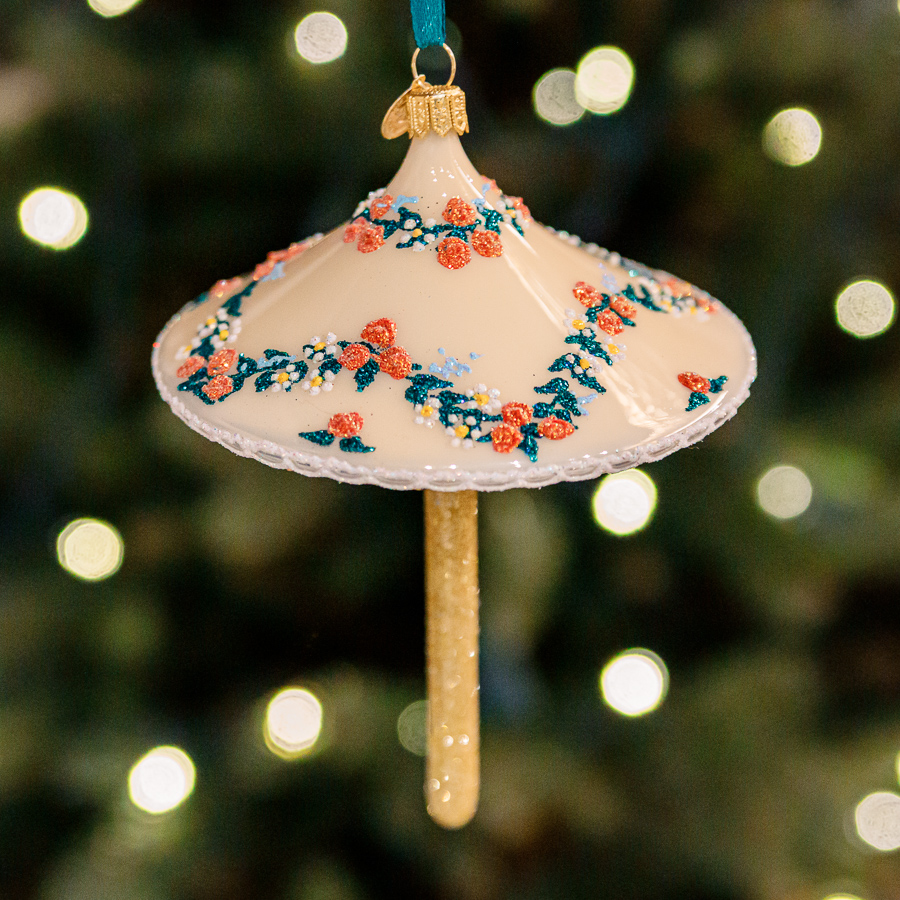


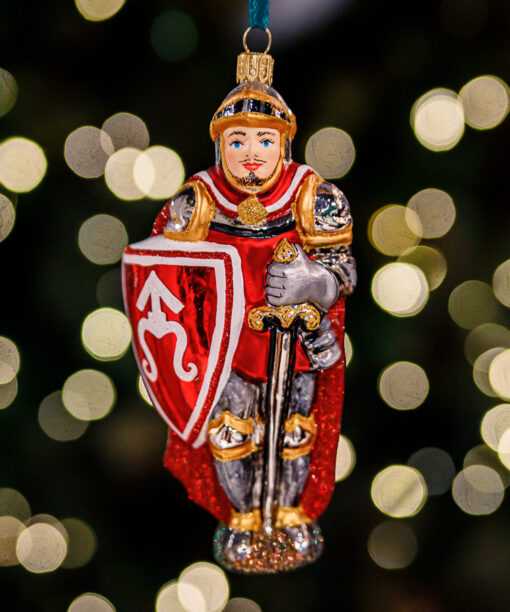
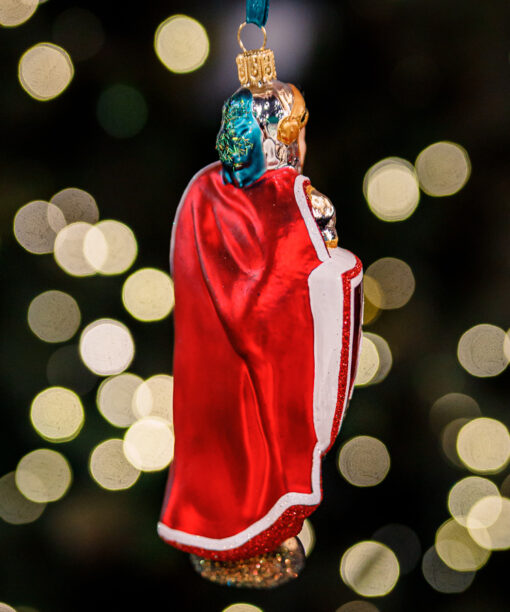
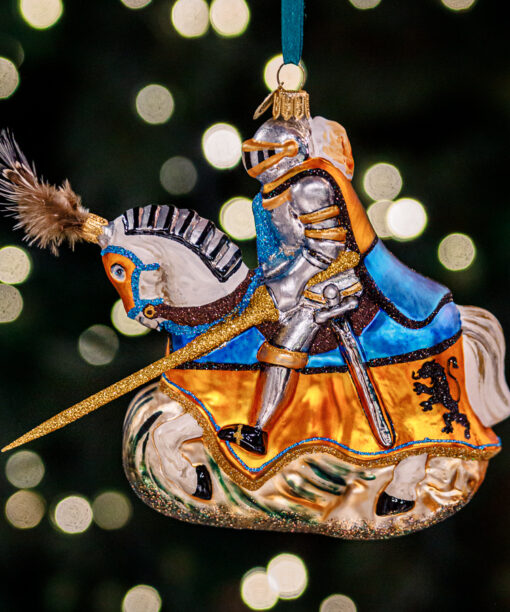
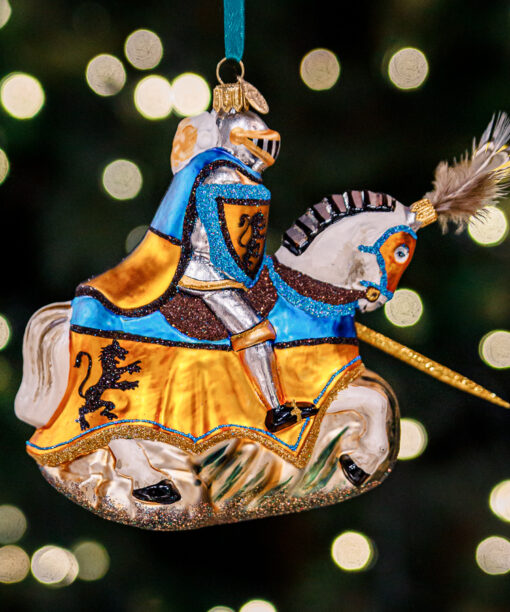
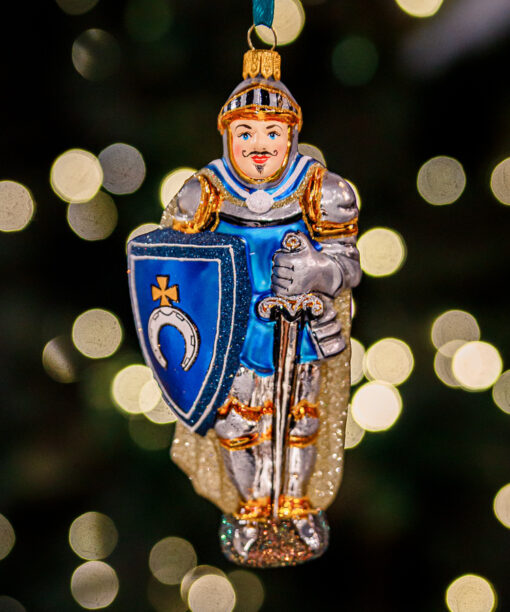
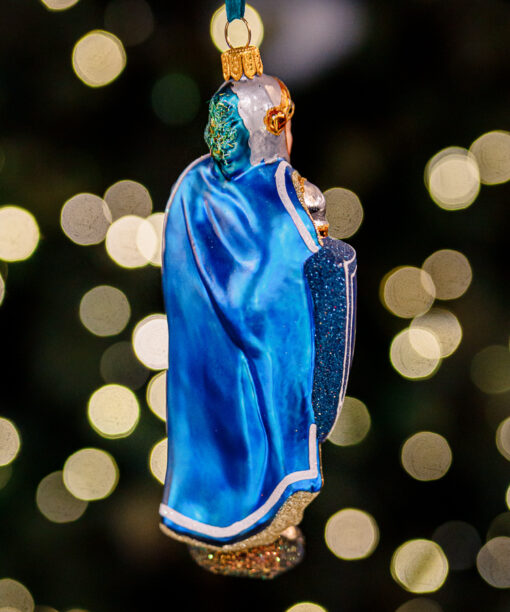
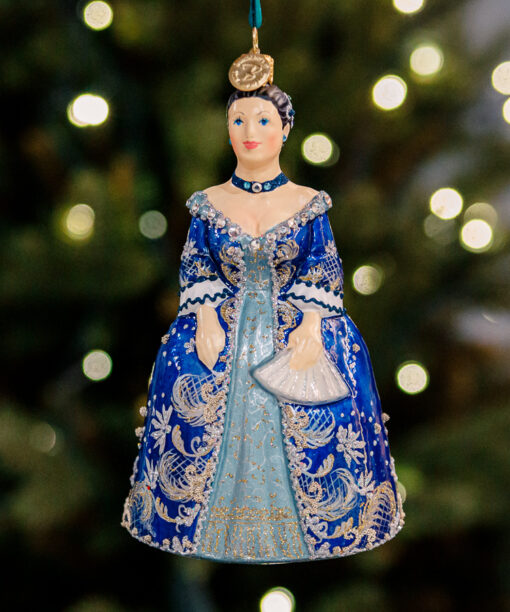
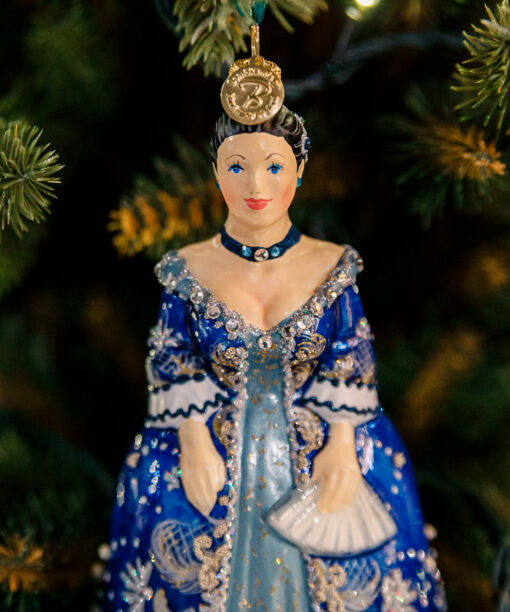
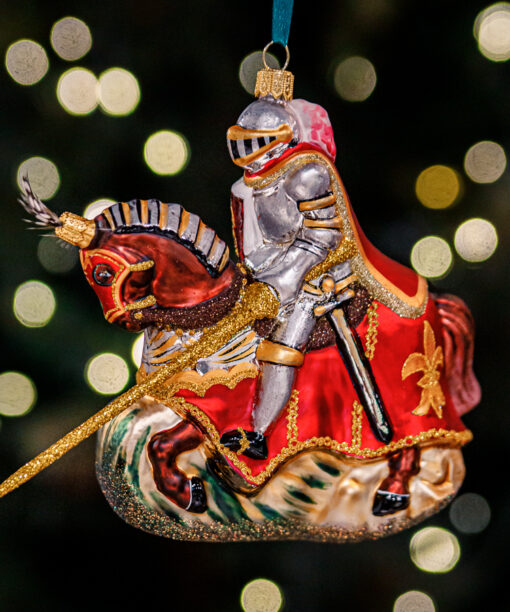
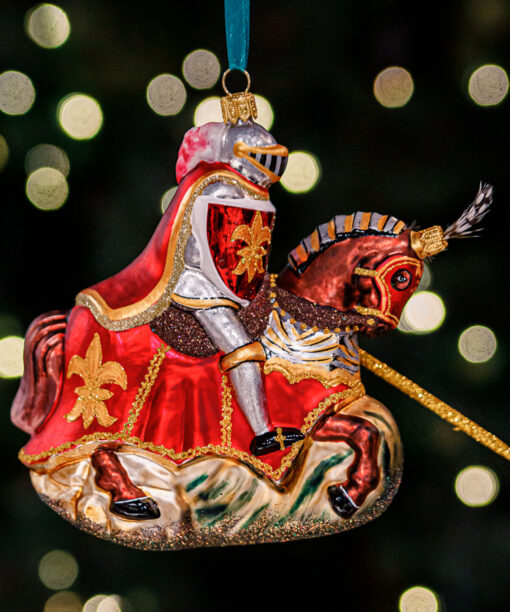
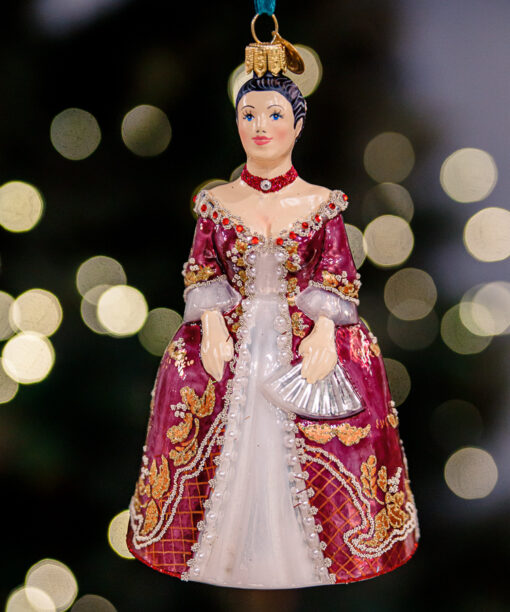
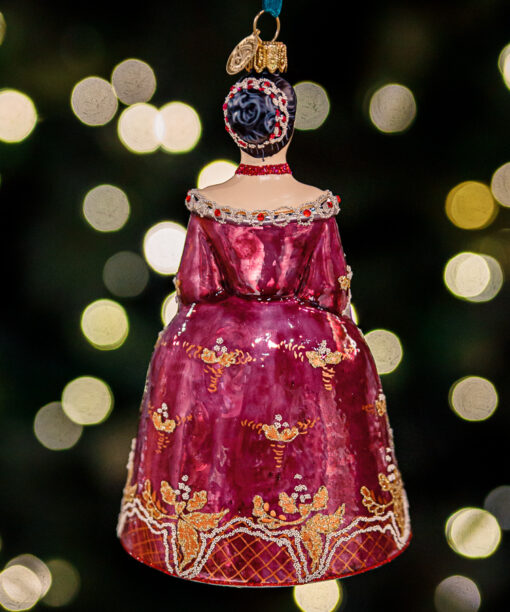
Reviews
There are no reviews yet.